Hello Millers — we hope the weather didn’t dampen your weekend plans. Our weekend read delved into the strange dynamics of Oldham politics and the fall of the borough’s council leader. You can read that piece here.
Incredible story about Oldham politics by @joshi
— Sam Coates Sky (@SamCoatesSky) 12:54 PM ∙ Jul 4, 2021
Take time to read incredible story of toxic racial divisions, unmediated Facebook attacks and allegations without evidence that appear to have contributed to defeat in May of Council Leader @sfielding90
Last week we published a piece about the way Manchester Art Gallery has used blackboards, signs and labels to put its collection of paintings in context. One describes The Grand Tour as “a story of power and privilege” and the label for a painting of The Royal Exchange says, “Can this picture help us understand how the division of society into ‘haves’ and ‘have-nots’ has come about?”
The piece got a huge response and is now one of the most popular and highly engaged members’ stories we’ve ever published. Under the headline ‘The crude politics of Manchester Art Gallery’, Sophie Atkinson wrote:
There’s a strain of anti-intellectualism in Mancunian cultural life that I find at best vaguely boring, and at the worst, condescending. There seems to be this sense that you can’t possibly address a Mancunian or someone living here in any sort of neutral or — god forbid — academic way. That we have to be cajoled into reading or watching or listening to anything educational via the mateyness of an Innocent smoothie label (“obvs”, “Y’know”, “Aces!”). I suspect there’s a democratic instinct at play, that somebody believes deploying this tonality will make certain topics more accessible to a wider audience. But it does leave you wondering: who is this for?
If you’re not a member, you can join up today and read that piece and all our members-only stories.
This week’s weather

The big story: The fate of the weavers’ cottages
Top line: Last week we got a new twist in the saga of the Grade II listed weavers’ cottages on Thomas Street. The extremely dilapidated cottages — next to Smithfield Social and Cane & Grain — were marked as a heritage asset by Historic England last year, and their fate exemplifies one of the ongoing battles in a fast-growing city like Manchester between the desire to put up new buildings and the concern about maintaining our city’s heritage.
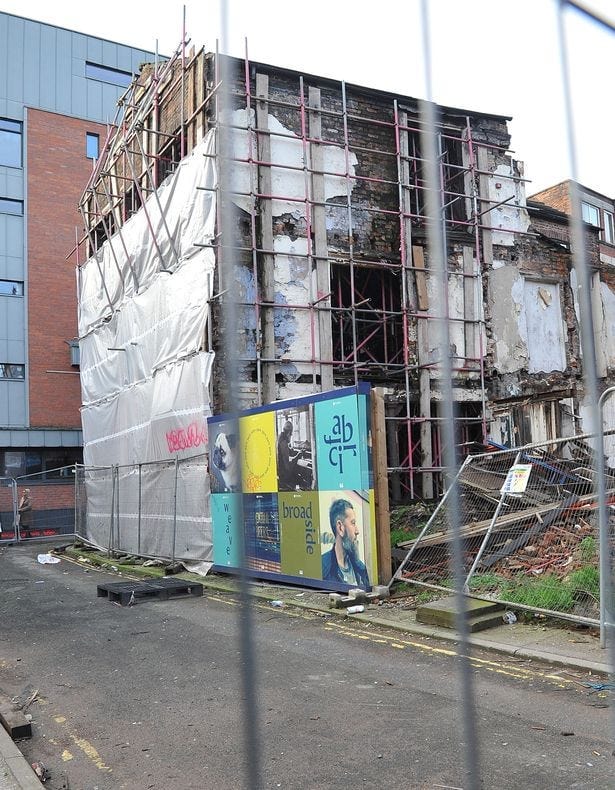
The MEN reports:
Manchester’s planning committee has overturned its decision to stop the demolition of 250-year-old derelict cottages in the Northern Quarter in a move described as a ‘cowardly and unconscionable surrender’. Real Estate Investment Partnership (REIP) had been refused planning permission to replace the three Grade II-listed buildings on Thomas Street with flats in September 2020. Councillors believed that the loss of the weavers’ cottages to the Warp and Weft scheme would cause ‘irreversible harm’ — but on Wednesday the majority of the committee voted in favour of identical proposals.
Councillor Angeliki Stogia described the buildings as an “eyesore” in their present state and said: “I cannot abandon our businesses, the success of the Northern Quarter, and our city centre in the future. We are in difficult economic times.” The committee seems to have found that analysis persuasive.
The history: These kinds of buildings tended to have both living quarters for the weavers and loomshop rooms for work, either in the basement (where the high humidity was useful) or on the top floor, where a row of windows could offer lots of light. Historic England’s report into the buildings gives some nice detail about the role of these workshops.
Characteristic workshop dwellings comprised three storeys and a cellar and were usually two rooms deep. They had a workshop in the attic lit by a long window, and often a workshop in the cellar, many of which were later converted as separate dwellings or rented workshops. An urban refinement of rural Pennine weavers’ cottages, these were also used by craftsmen in other trades, although textile manufacturing was the dominant use (both weaving and spinning).
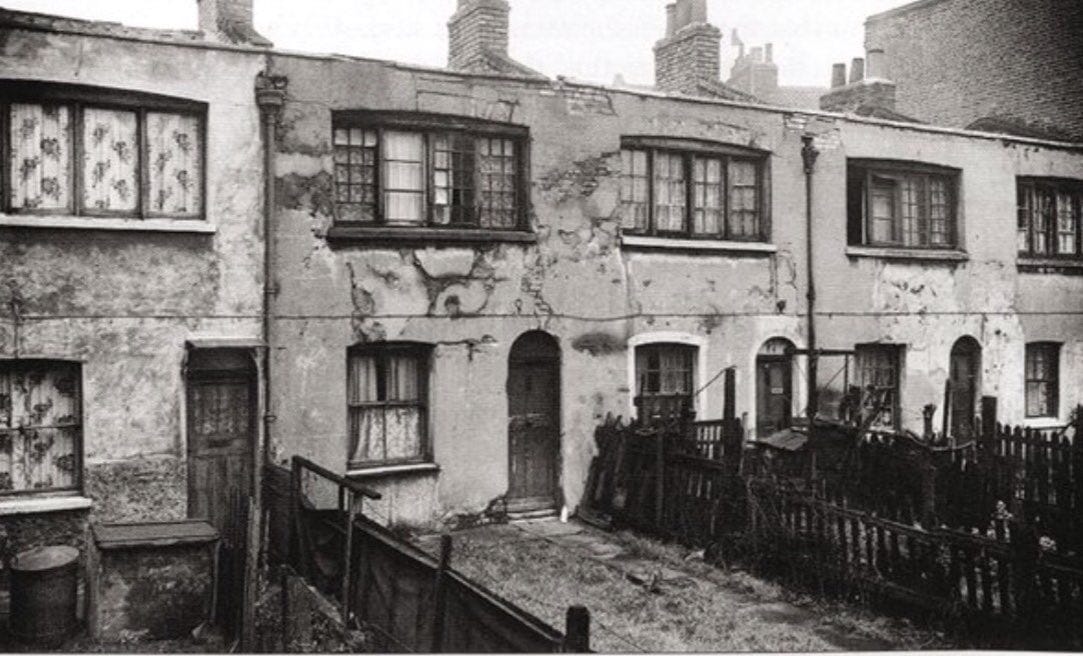
Context: Why the change of heart about demolishing the cottages? The original decision to block the demolition was a bit of a surprise. The cottages are in terrible shape, and Historic England admits that many of the original features — like the staircases and roofing — are no longer there. In Manchester Confidential, Manchester history tour guide Jonathan Schofield didn’t find the argument for retaining the cottages particularly compelling:
On the Thomas Street side the facades of the cottages, next to the ruined site at the junction with Kelvin Street, are certainly not original, the windows and the brick are all wrong for 200-plus-year-old Manchester weavers’ cottages. Maybe they have some internal bits and pieces or layouts that merit retention. At the same time the proposed replacement design, five storeys and 20 units, by John Matthews Architects (JMA) was sharp, respectful and handsome, and kept the warehouse to the rear at the Kelvin Street/Back Thomas Street junction. Then again almost as valuable as the Thomas Street cottages in terms of context are the wonderfully original WW2 bomb shelters in their basement. The debate here highlights the complexity of demolition and new build in the precious historic core of a city.
Bottom line: Jon-Connor Lyons, a city centre councillor for Labour, told The Mill a few months ago that developers should be "sensitive to Mancunian and working class heritage”. In this instance, the developer says the project isn’t financially viable if they keep the cottages and the planning committee has accepted that explanation. Expect plenty of conservationist activism and fury on social media if this demolition goes ahead.
Where do you stand on this one? Would you fight to save these cottages? Or is bringing that plot back into use more important? Hit reply to drop us a line.
Grist to The Mill: If you want to tell us about a story or pass us some information, please email joshi@manchestermill.co.uk or dani@manchestermill.co.uk. We are always happy to speak to people off the record in the first instance, and we will treat your information with confidence and sensitivity.
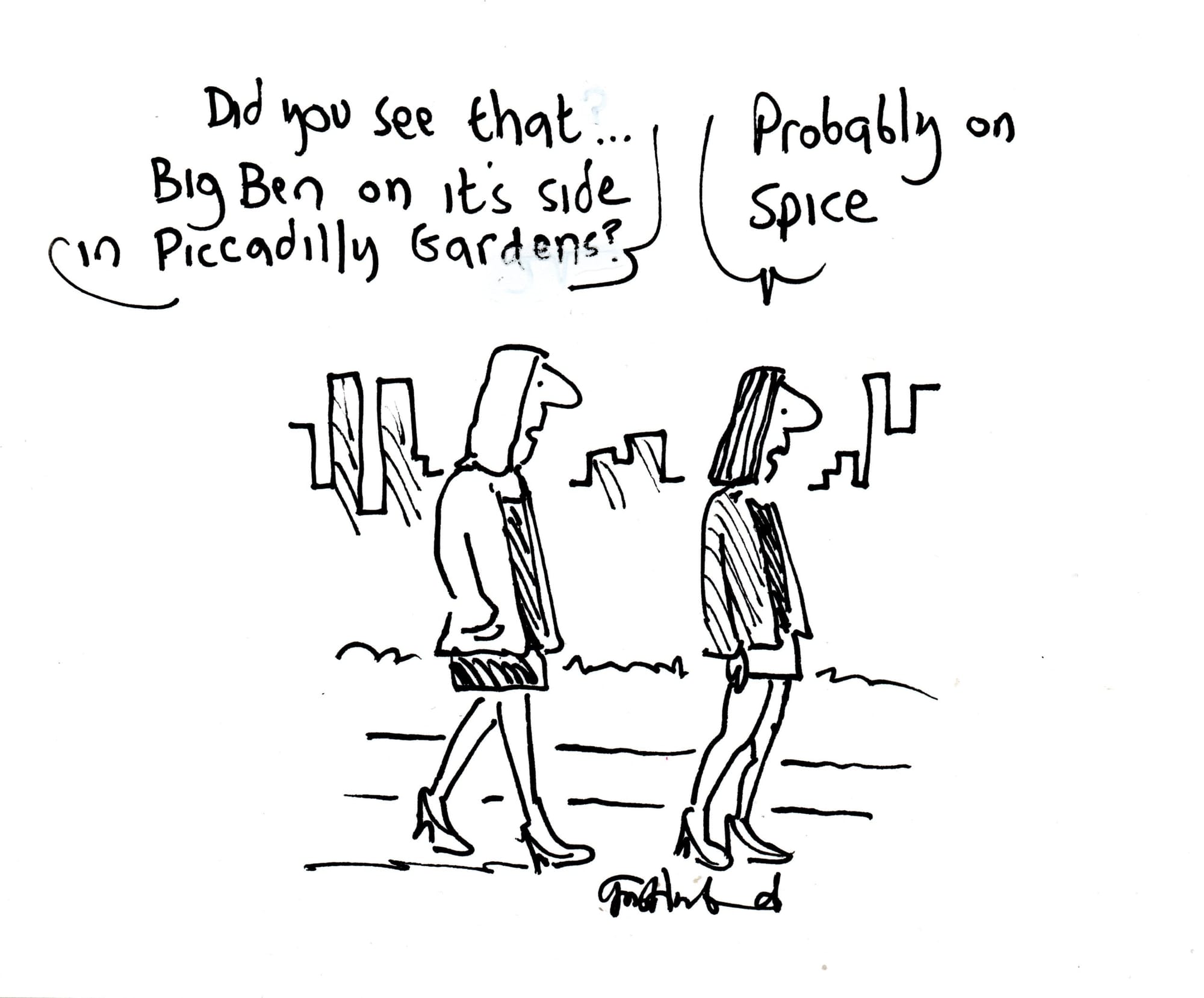
This week’s cartoon is by Private Eye scribbler and Mill member Tony Husband. In case you haven’t nipped over to Piccadilly Gardens yet, there’s a sculpture of Big Ben on display as part of MIF21, covered with 20,000 copies of books that have shaped British politics. Details here.
Covid-19 update
- Cases: The case rate for Greater Manchester is 445.2, up 31.6% compared to England’s 235.3, up 69.6%. Manchester has an infection rate of around 500. Most of these new cases seem to be young, unvaccinated people, with by far the most infections in the 16-29 age group. The over-60s case rate is still low — currently 65, up from around 50 two weeks ago but still way below the overall rate. See our dashboard below.
- Hospitalisations: Infections are clearly not translating into serious illness in the same way during this wave. Around a week ago, the last time the figures were updated, there were 58 patients with Covid-19 in intensive beds in Greater Manchester, up a bit from 54 the week before. For context, we saw a peak of 170 in February. Hospital admissions actually fell in the most recent week for which we have data, down to 82 from 90.
- Vaccinations: 1.2 million people have had two doses of the vaccine in GM now, including 91% of over-70s, 82% of 50-69s and 28% of 18-49s. The overall percentage is 52%, and these numbers were updated just over a week ago.
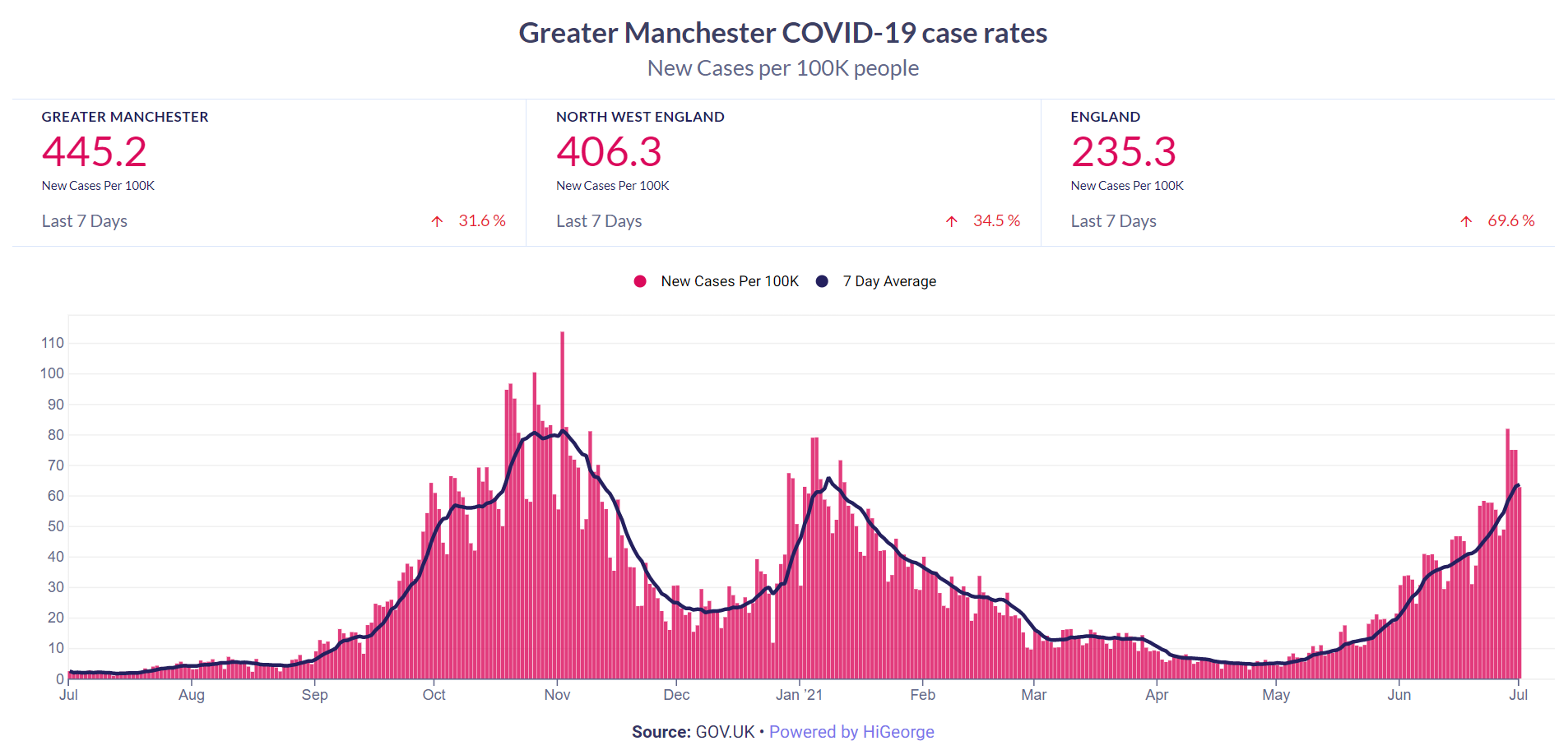
Other local news in brief
- Manchester City Council has approved plans for a “tombstone” tower block on Oxford Road after it was deemed that its “benefits outweighed the concerns.” More than 750 letters of objection were submitted against the application for the proposed 540ft (165m) building. Read more.
- Archaeologists have uncovered Victorian wells which will be used to irrigate Manchester’s Mayfield Park, Manchester’s first public park for more than a century. The largest of the wells on the site was originally used to supply the Britannia Brewery during the 19th and early 20th century. Read more.
- The Bolton Ironman took place over the weekend. The 140.6-mile Ironman triathlon is one of the most difficult one-day events in the world. The men’s race was won by Joe Skipper (GB), 8:42:59, and the women’s race was won by Katrina Matthews (GB), 9:40:01. Read more.
- Salford residents are being invited to take part in a “first of its kind” climate tenants’ jury. Housing association Salix Homes is one of five associations in the north of England to take part, and the project will focus on retrofitting energy-saving measures to existing homes. Read more.
Home of the week
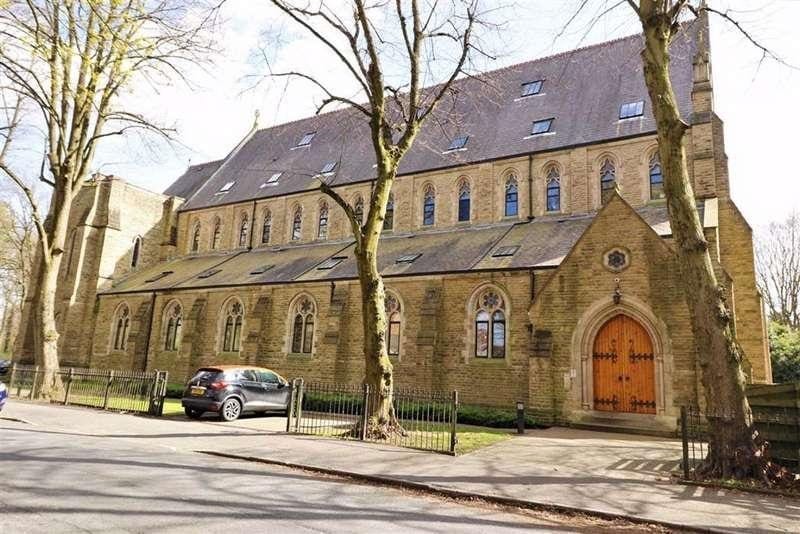
A 2-bed flat is up for sale inside this beautiful Grade II* listed church conversion in Whalley Range. It’s on the market for £235,000.
Our favourite reads
The Guardian: Mike Don, the founder and editor of Mole Express, an underground magazine in Manchester established in the 1970s, has died aged 77. We enjoyed this “Other lives” obituary. “Mike had a great memory, which was an important asset when running a bookshop with a diverse and changing stock in an age without accessible computer technology.”
The Meteor: As the debate over identity and ownership continues within Manchester’s cultural venues, this piece from The Meteor caught our eye. A group of Chinese artists are calling for action against “white occupancy” of the Centre For Chinese Contemporary Art. “It’s not any specific event of racism which we’re trying to tackle — although of course we have experience of that.”
Aeon Magazine: This 2013 essay by James Palmer, who spent his adolescent years in Manchester and later emigrated to China, is an interesting read. It’s about generational divides. “The main target of this slating has been what the Chinese call the balinghou — young people who were born after 1980, who never knew food rationing and were raised after China’s ‘reform and opening’ began.”
Things to do
Art Walk | This afternoon, MIF is taking people on the trail of LS Lowry and visiting the haunts he depicted. “Lowry’s day job was not as an artist. He was a rent collector in the slum areas of the city.” We think this looks like a great walk (just remember your raincoat). Tickets here.
Chamber choir | Kantos will be performing 'A Human Requiem' inside the stunning Manchester Cathedral on Saturday. The programme will pair Brahms' 'Ein deutsches Requiem' and Wainwright Johnston's 'A glimpse of the Light'. Tickets and more information here.
Exhibition | On Friday, you can catch a new pop-up exhibition at The Weavers Factory in Oldham. It’s called ‘Time, Line and Stitch’ by Saddleworth artist Lucy George. Expect vibrant, textured pieces inspired by New York’s skyline. More information here.
Skatepark Party | From Thursday through to Saturday, skatepark Projekts is hosting a “live rave” with their event Saturnalia. Expect a lineup of brilliant performers including DJs, MCs, poets, dancers, musicians and storytellers. More information and tickets here.
HOME | Untold Orchestra will be taking over the Bruntwood stage at Homeground this weekend. They’re a Manchester-based collaborative orchestra, and here’s the type of stuff you can expect to hear from them. More information and tickets here.
Letters to the editor
I think the problem is that everyone has an opinion on politics, (‘The crude politics of Manchester Art Gallery’) but few people have an opinion on art. And those that do have an opinion on art are usually following a fashion learned in "art schools" rather than looking at how and why the paintings were made and what the reaction to them at the time was. One example of this is John Everett Millais, once wildly popular and now deeply unfashionable. All his post pre-Raphaelite work is now dismissed as bland and his bust has been moved from the front of the Tate. His portrait of Disraeli facing his own death, in the National Portrait Gallery, can only be described as visceral. Graeme, Blackburn with Darwen
The curators at Manchester Art Gallery are having a “re-think” about their collection. Our critic @SophEAtkinson asks if they could be doing so in a more nuanced and interesting way.
— The Mill (@ManchesterMill) 1:15 PM ∙ Jul 1, 2021
Personally, I don’t think that this kind of politicisation of art is helpful or will make any difference to people’s views. Right-wing people will leave feeling indignant, left-wing people will leave feeling affirmed. This type of literal culture war isn’t helpful to the average person, who let’s face it, is probably just looking for a day out somewhere inexpensive and dry. I think the conclusion of the article is very valid — if the curators want to make some kind of political statement about the work then at least make it original, unique and relevant to Manchester. Brian, Chorlton

Comments
How to comment:
If you are already a member,
click here to sign in
and leave a comment.
If you aren't a member,
sign up here
to be able to leave a comment.
To add your photo, click here to create a profile on Gravatar.






